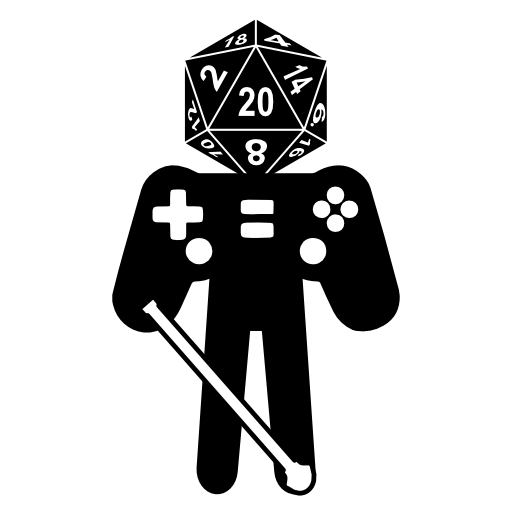I’ve been using full screen magnification on computers since Windows 7 came out. I could have been doing it earlier on macOS, but there you go.
The problem
Since then, I’ve had my settings locked in: using the mouse or trackpad to pan, not allowing the zoom window to follow keyboard focus, because the snapping makes me dizzy.
I was rewarded for my efforts with a generally comfortable desktop computer experience, and chronic wrist pain that stopped me from really learning the guitar or playing serious FPS games. Mind you, the closest I’ve gotten to a diagnosis for this is “oh, that does make sense, maybe that’s why.”
I’ve been trying to get used to using keyboard focus following, but it just hasn’t worked for me. Until today, that is.
The solution?
Did you know on macOS you can adjust the speed at which the zoomed in screen follows focus? And that you can have it only move when the cursor reaches the side of the screen? I sure didn’t!
I already have a collection of ergonomic mechanical keyboards, but I already have to complement them with a trackpad. I’ve considered throwing even more money at this problem and getting a trackball. I guess I don’t have to?
Next steps
I’m going to try to get used to this on my personal computer. I may need to create new keyboard macros or adjust settings further. I’ll have to get used to a whole new workflow that’s very different from what I’ve been using for 15 years, but the potential advantages are huge.
I need to be as quick navigating the computer this way as I am with the trackpad, but I always use a lot of typing for actions - Spotlight search, Raycaat, the command palettes on VS Code and Rider - so I think it’s doable.
Takeaway
I, at least, accept that there are takeoffs when accommodating for and dealing with my disability. In this case I’ve practically been accepting developing a new disability in exchange for being able to work with one I already have. Gotta keep that shareholder value ticking up.
You may or may not be doing the same, but chances are you’ve figured out what works for you and gotten into a local maximum of efficiency, like I did. Alternatives similar to this are worse, so I that this was as good as it got. I had to experiment with what I knew wouldn’t work for me to have the opportunity to find something that works even better. Maybe that’ll be an absolute maximum in efficiency for me or maybe I’ll learn something better later on.
The bottom line is experimenting and trying different approaches is always a good idea. Worst case scenario, you confirm you’re doing the best thing for you.
Do you have any experiences like this? Finding out your perfect setup wasn’t so perfect after all?
Different but kind of related: try to avoid finding the “best setup” and over specializing in it. I started using the eloquence speech synthesizer in 1997. It hasn’t had any updates since 2002. But I got so good at listening to it at extreme rates of speed, that it’s now nearly impossible for me to switch to something else. I have to go through all kinds of silly nonsense to keep this ancient 32-bit synth running on modern platforms. If I had only forced myself to use multiple different synthesizers, even if I was slightly slower with each individual one, I now wouldn’t have this horrible lock-in. When I am finally forced to switch to something else, it’s going to slow me down for months or possibly years, because of how much I’ve over-specialized in understanding eloquence at over 800 words per minute, and how much of my workflow I’ve built around my ability to listen that quickly.


